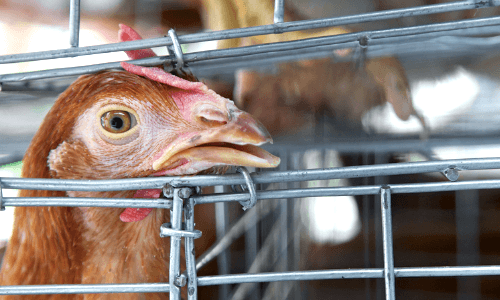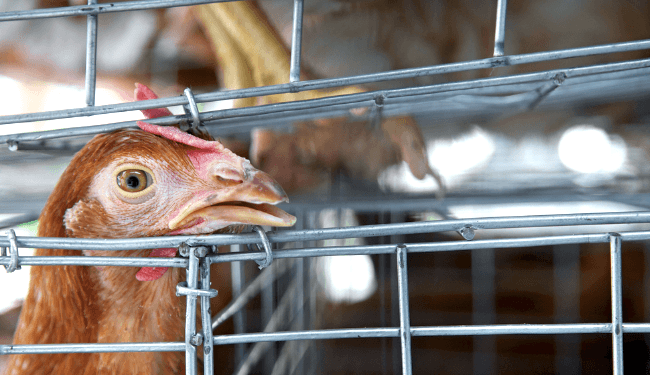
Avian Flu Epidemic Prompts CDC Warning of ‘Potential for Human Infection’

The U.S. Centers for Disease Control and Prevention (CDC) has released an official advisory to warn health workers and clinicians of the potential for human infection of the devastating avian flu currently ravaging the Midwest.
To date, the highly pathogenic H5 flu strains have spread to 20 states and forced the slaughter of nearly 45 million birds. It has struck egg-producing chickens in particular and caused egg prices to skyrocket nationwide.
While there have been no cases of human transmission, the purpose of the CDC advisory is “to notify public health workers and clinicians of the potential for human infection with these viruses” and offer recommendations on how to work safely with the infected birds or in infected environments.
The CDC considers the risk to the general public from the avian flu strains (H5N2, H5N8, H5N1) to be low. However, the agency noted that “people with close or prolonged unprotected contact with infected birds or contaminated environments may be at greater risk of infection.”
Why is the avian flu killing only CAFO-raised poultry but leaving backyard poultry unaffected? http://t.co/moyMXBv6kd pic.twitter.com/A8xNi50QLg
— Dr. Joseph Mercola (@mercola) June 2, 2015
The agency added that clinicians should consider the possibility of H5 virus infection in persons showing signs or symptoms of respiratory illness and have relevant exposure to infected or potentially infected birds. Health departments have been urged to notify the CDC of any bird flu investigations within 24 hours.
Egg-producers in Iowa, the top egg-producing state, have been hit the hardest. Polly Carver-Kimm, state Department of Public Health spokeswoman, told Harvest Public Media that about 170 workers have been offered consultations from department health workers, and no workers are ill with the H5 virus. Workers in Iowa have also been asked to phone a hotline to report any flu symptoms.
Currently there is no human vaccination for H5 strains but efforts are underway to develop the vaccines in case the need arises.
YOU MIGHT ALSO LIKE

 233k
233k  41k
41k  Subscribe
Subscribe 
